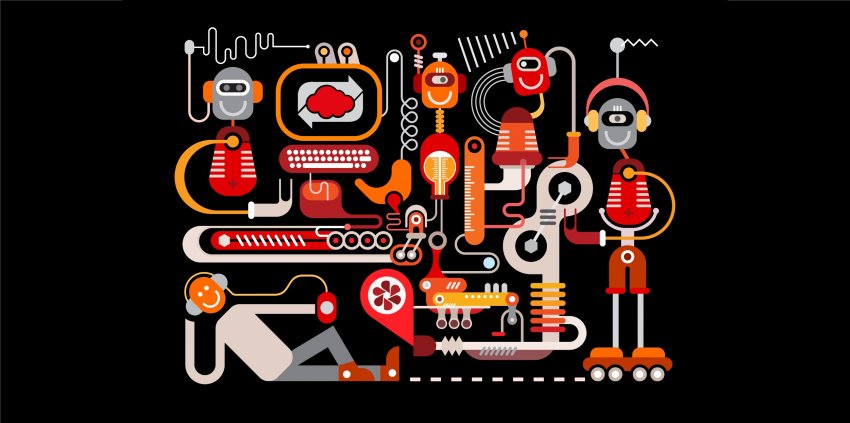It is predicted that 1.7 megabytes of data will be created every second for each person on the planet by 2020. The amount of data generated increases each year, and a third of all data will pass through the cloud in 2020. The fast development of cloud storage can be explained by its ease of access and use as well as the many diverse services it offers.
Personal users are not the only ones interested in cloud services. The growth is very much based on company development: it is expected that businesses will spend almost three times as much money in cloud services in 2020 than in 2014, as many companies move their files to cloud storage. Traditional storage platforms often are not able to meet the scale and cost efficiency necessary for companies in today’s fast-paced environment.
We know cloud storage is not only the present but also the future — we wouldn’t be involved in the business otherwise. However, it won’t be the only storage solution used. Here are some other futuristic storage systems which might be used additionally to the cloud.
Data sticks
Files are often transported on USB sticks today. While small and notoriously prone to be lost, USB sticks are a hassle-free, easy way to transport your files from one computer to another. The future’s solution to data drives might be DataSTICKIES — a file storage drive which looks like a sticky-note and is able hold up to 32 GB of data. This will be made possible by a new material called graphene: a layer of carbon atoms arranged in hexagonal grid. While it might be even easier to lose the DataSTICKIE, it seems an innovative way for transferring files.
Liquid hard drives
The current hard drives are exactly that: hard. However, it might be different in future. A team of scientists have discovered that it might be possible to use microscopic participles suspended in liquid to store our file information. This liquid could be heated up and cooled down to store and read data, and scientists think that a tablespoon of the liquid might hold up to a terabyte of data.
DNA data
Scientists have speculated for some time that the DNA sequence might be used to hold electronic data. After all, a tiny speck of DNA holds all of the information about our genetic makeup — it is definitely an effective way to store information. Researchers estimate that one gram of DNA might hold around 450 exabytes of information: several hundred times more than the total of all information kept on cloud today. Furthermore, data stored in DNA can be kept for hundreds of thousands of years without risk of destroying or breaking down.
These solutions are a long way from being developed.
While they might seem mind-blowing, we never know what future will bring. After all, a journalist in 1995 predicted that online shops will never gain popularity because there are no salespeople. Guess what? It’s one of the main reasons why ecommerce thrives. Possibly, we might like paper sheet storage cards exactly because they are easy to lose or store a copy of our own DNA in a DNA-based storage system. You never know.
While science fiction is undoubtedly a great genre to indulge, we offer a solution today: start backing up your files on the cloud and never risk losing them! Find out more here: https://files.fm/
Find more information here:
https://www.assetbank.co.uk/blog/the-future-of-file-storage
https://www.newsweek.com/clifford-stoll-why-web-wont-be-nirvana-185306
